Mission Impossible: Who will replace Ben Smith at the Highlanders next year?

Last weekend marked the halfway stage of the Super Rugby campaign, which means All Blacks and Highlanders great Ben Smith is in the home straight of his decade-long Super Rugby career.
For 10 years, the 32-year-old has built himself a reputation as one of the world’s most dependable yet exciting fullbacks in the game.
From continually defusing high ball after high ball, to evading the grasp of oncoming defenders with a show of incredible elusiveness that few worldwide possess, to leading Otago, the Highlanders and All Blacks with immense pride and leadership every time he has taken to the field, there are very few faults, if any, that can be picked out of Smith’s game.
He’s the golden boy of all things rugby-related in Dunedin and the wider Otago and Highlanders community, and so when he leaves for France after this year’s World Cup to take up a highly-profitable contract with Pau in the Top 14, he will leave a gaping hole at the franchise of which he played his 150th game for in Christchurch last week.
The All Blacks will have a solid group of candidates available to them next year in their quest to fill the gap left by Smith.
Headlined by the likes of Damian McKenzie and Jordie Barrett, that group consisting of others such as David Havili, Matt Duffie and Will Jordan, as well as yet-to-be-identified bolters from next year’s Super Rugby season, will all provide ample competition for each other as the vacancy for the national No. 15 jersey is advertised by the new All Blacks head coach.
The same cannot be said for the Highlanders, who aren’t afforded that same level of depth at fullback.
While other members within the side can cover fullback, Smith is one of the few out-and-out fullbacks in the squad, and his departure will leave the Highlanders searching across the country for a replacement next year.
With that in mind, here are five contenders to take over Smith’s No. 15 jersey on a full-time basis from 2020 onwards.
Josh McKay
One of the only other out-and-out fullbacks in the Highlanders’ set-up, Josh McKay looks to be the current favourite to overtake Smith’s starting role.
A former New Zealand Schools, Canterbury under-19 and New Zealand under-20 star, the 21-year-old played a key role in helping Canterbury claim the Mitre 10 Cup in 2017.
Used predominantly on the wing or at fullback, McKay’s blistering pace and athleticism aided his case for a Super Rugby contract, which was handed to him by the Highlanders for the 2018 campaign, of which he was used sparingly.
A debut against the Reds in Brisbane was followed by an appearance against the Rebels in their final match of the season in Dunedin, where a sudden step and an electric burst through the middle of the park pierced the Melbourne defence on a scorching 50 metre run which illustrated McKay’s attacking capabilities.
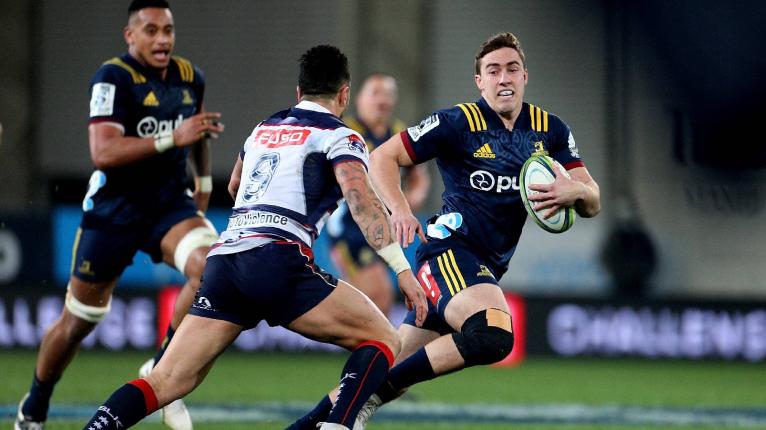
Those two games spelled the end of his debut Super Rugby season, but he was rewarded with a new two-year deal which will see him stay at Forsyth Barr Stadium until the end of 2020.
McKay’s fresh contract coincides with the expiry date of Smith’s deal, which indicates the Highlanders backroom staff see potential in the youngster to become the franchise’s leading fullback next year.
With half a season still to play under the tutelage of Smith, there is still plenty of time for McKay to absorb as much knowledge as he can from his departing co-captain before the possibility of becoming a regular Super Rugby starter becomes reality.
His top-end pace – he is believed to be the fastest player at the Highlanders – combined with his handy goal-kicking makes McKay an ideal option for head coach Aaron Mauger moving forward, and still only in the infancy of his professional career, there is plenty that beckons for the speedster.
Vilimoni Koroi
Another schoolboy and age grade star, Vilimoni Koroi has gone on to make a name for himself on the World Sevens Series circuit.
Since debuting for the All Blacks Sevens as an 18-year-old at the now-defunct Wellington Sevens in 2017, the outside back is just five matches away from appearing in the black jersey for the 100th time, a feat he is likely to bring up at the Paris Sevens next month.
He has a strong reputation in the XVs game as well, standing out for Otago throughout the last two Mitre 10 Cup campaigns.
While Koroi, who stands at just 1.80m and 81kg, acts as a playmaker for the national sevens side, he’s been used on the wing and at fullback for Otago, combining with former Fielding High School 1st XV and All Blacks Sevens teammate Jona Nareki to spark a spectacular set of plays and tries through his pace, elusiveness and tricky ball-playing ability.
It are those facets of his game that has made him a mainstay in the All Blacks Sevens side en route to claiming four tournament titles on the World Series, as well as a Sevens World Cup and a Commonwealth Games gold medal.
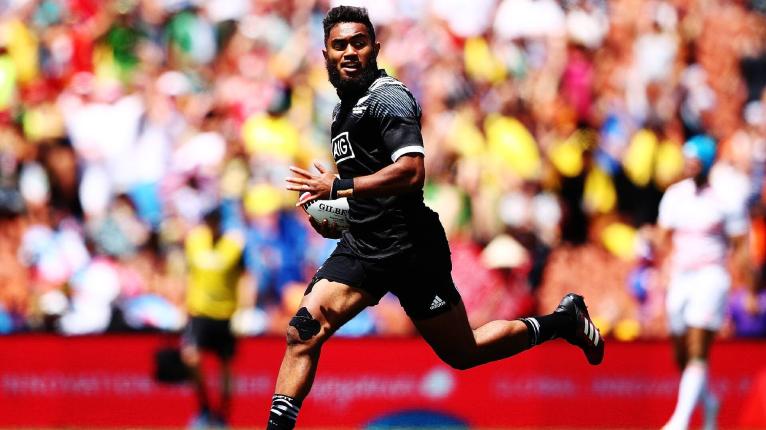
While his motive for staying on with the All Blacks Sevens will be to try and obtain a gold medal at next year’s Tokyo Olympics, that shouldn’t prevent the Highlanders from bidding for his services once Smith leaves.
The Ioane brothers, Sonny Bill Williams, Augustine Pulu and Liam Messam were all contracted to Super Rugby teams, with some getting game time for their respective franchises, despite their involvement in the 2015/16 World Sevens Series and the ensuing Olympics, meaning Koroi should be available for the Highlanders if they want him.
It make sense from a proximity perspective, as the Highlanders would be signing local talent from within their catchment area, something of which they’ve veered away from in recent seasons, while Koroi would add depth and provide the likes of McKay with stern competition for a starting role.
Once the 2020 Olympics runs it’s due course, Koroi is almost certain to fully commit himself to a career in XVs, and he’s likely to draw interest from up and down the country, so with Smith just about to pack his bags for France, there’s no better time for the Highlanders to make a move and secure the youngsters services while he’s still free.
Michael Collins
A born-and-raised Otago product, a move to bring Blues fullback Michael Collins back to his home region could be both an attractive option for him, and a well-received signing for Highlanders fans.
Born in Queenstown, and educated at both the local Wakatipu High School and then at the rugby powerhouse Otago Boys’ High School, Collins was the premier schoolboy talent at that end of the country, becoming the only South Island-based student to be selected for the 2011 New Zealand School side, which also featured Ardie Savea, Ngani Laumape and Roger Tuivasa-Sheck.
Interest from Waikato and the Melbourne Storm in the NRL wasn’t enough to lure Collins away from Otago, the province of which he has played for since 2012, and captained to a successful capture of the Ranfurly Shield last year.
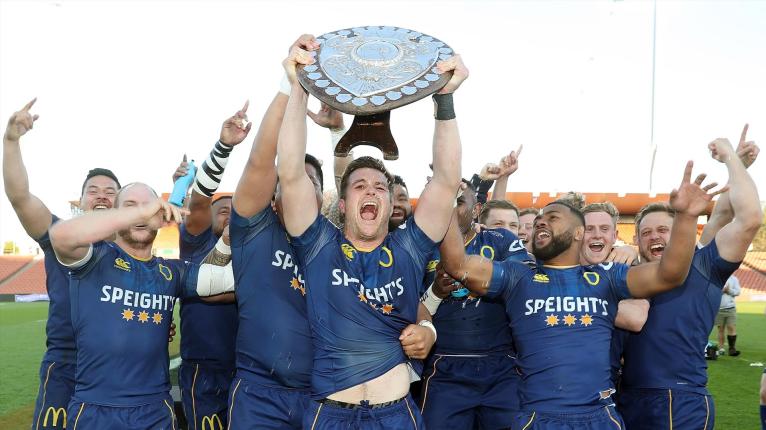
Following a season-long loan at Scarlets in the Pro14, his form at fullback during the 2016 Mitre 10 Cup was enough for the ex-midfielder to secure his first-ever Super Rugby contract, with his clarity in communication, speed and strong kicking game enough to win over then-head coach Tana Umaga.
Despite having maintained his place in the squad since then, his standing at the club appears to have diminished upon the arrival of new head coach Leon MacDonald this year, having made just one appearance from the bench since round two, losing his starting role to the in-form Melani Nanai.
Although the Blues will have a vacancy at fullback themselves next year due to the departure of Nanai to Worcester, the fact that Collins has fallen out of favour in Auckland suggests that a move back to his home region could be what’s needed for a career revival.
Eligible for both Wales and England, a move offshore will no doubt be on the cards after this year’s World Cup, but should he stay in New Zealand to continue to prove his worth in Super Rugby, then a move back to home as Smith’s replacement looms as the best possible option.
Mitch Hunt
A shift to the franchise he reduced to a dramatic 25-22 loss in 2017 thanks to a 50-odd metre drop goal deep into injury time might be in order from 2020 onwards for Mitch Hunt.
He became public enemy number one in Dunedin after slotting a stunning drop goal under makeshift circumstances in Christchurch almost two years ago, but despite his heroics at AMI Stadium, Hunt has found himself in the thick of a stern battle for game time at first-five with the Crusaders.
All Blacks back-up pivot Richie Mo’unga has a firm grip on the starting role at the club, while bench duties are shared between Hunt and one-test All Black Brett Cameron.
Possessing the potential to have a starting role at Super Rugby level, Hunt’s growth as a player is being stunted by the game time restrictions placed on him at the Crusaders, meaning a move elsewhere could be in order.
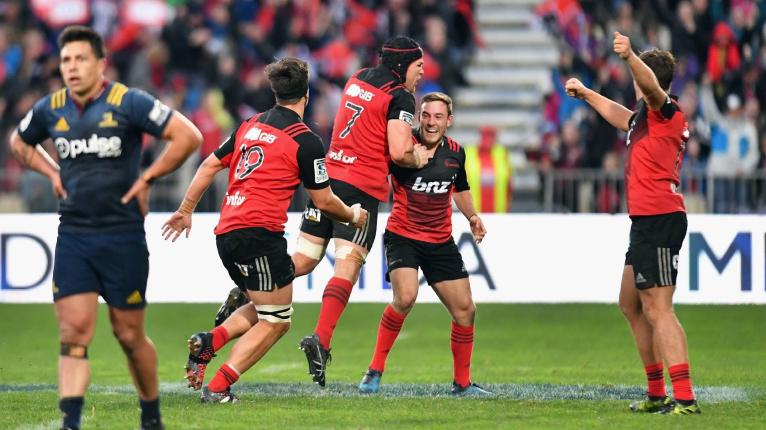
While predominantly used as a playmaker, Hunt has a point of difference in that he is able to play at fullback, something that the Highlanders could look to capitalise on when he comes off contract with the Crusaders at the end of this year.
Although it’s not his primary position, being able to play both first-five and fullback is a trait of which he shares with Highlanders pivot Josh Ioane.
With a dual playmaker axis at first-five and fullback becoming a common theme within New Zealand – the All Blacks, Chiefs and Highlanders have all utilised that tactic at various stages over the past 12 months – there is certainly potential for a Ioane-Hunt axis in either position to wreak havoc on opposition defences.
Both players could alternate positions when and where needed, and although it could be seen as a left-field suggestion to sign a first-five to fill the void left by a fullback, it is one that could present opposition defences with all sorts of problems in the future.
Shaun Stevenson
Once regarded as one of the country’s top schoolboy talents as a fast, skilled outside back, and still in the infancy of his professional career at the age of 22, Shaun Stevenson has fallen well out of favour at the Chiefs.
Three poor showings in the opening three weeks of Super Rugby this year has left the speedster out of action for over a month-and-a-half, with a shocking performance against the Sunwolves in his side’s embarrassing 30-15 defeat at Waikato Stadium condemning him to club rugby and the Chiefs’ reserve side.
That has been the case until the Chiefs named their team to play the Lions this Friday, with the 1.90m, 90kg Stevenson listed on the bench for his first match in seven weeks following the season-ending injury to regular fullback Damian McKenzie.
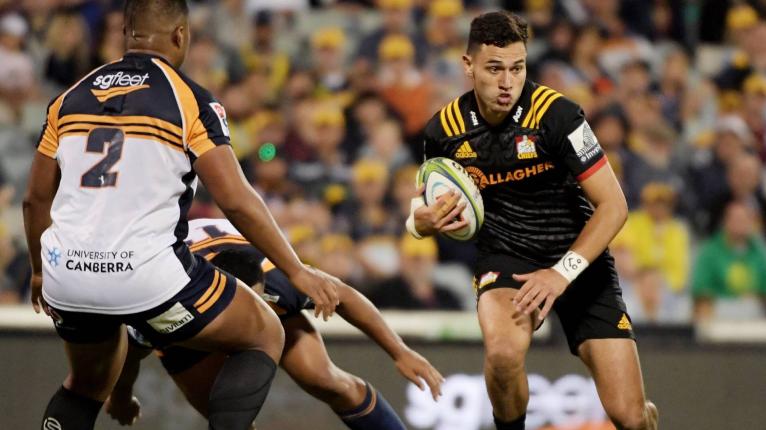
It should provide him the opportunity to make a case for himself and remind everyone of the outstanding talent he wields.
Although he has a ton of ability at his disposal, he has clearly slid down the pecking order within the Chiefs set-up, and once McKenzie returns to the fray next season, he could have a battle on his hands to dislodge the likes of him, Solomon Alaimalo and Sean Wainui.
If that is the case, a change of scenery may be needed if he is to fulfil his tremendous potential, and with Smith leaving a space open on the Highlanders’ roster, there may be no better place to do that than in Dunedin.
In other news:















































































